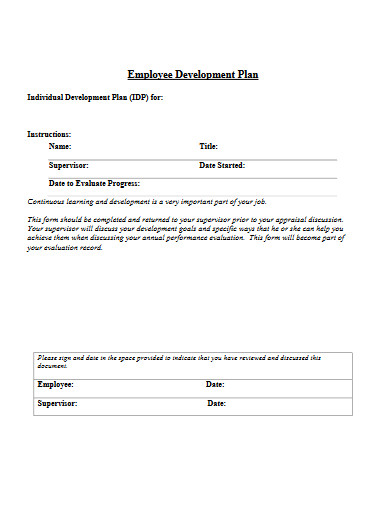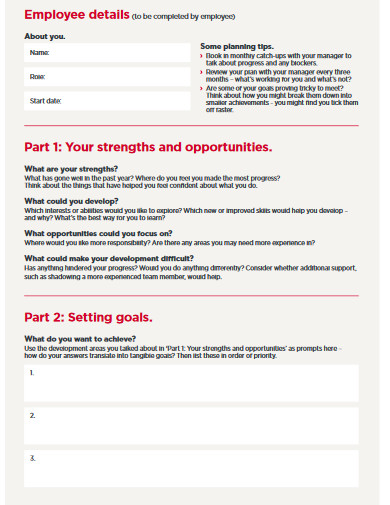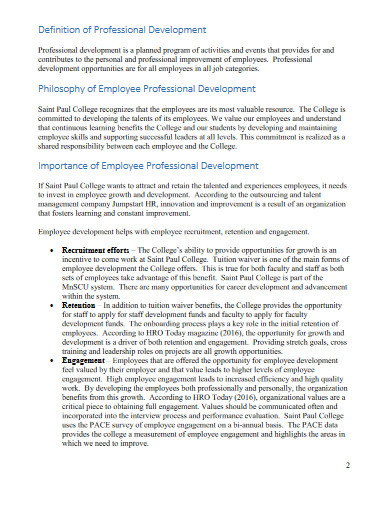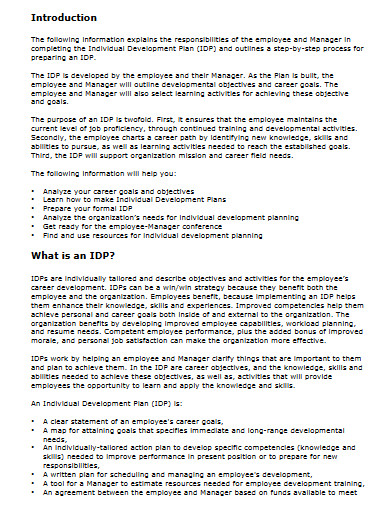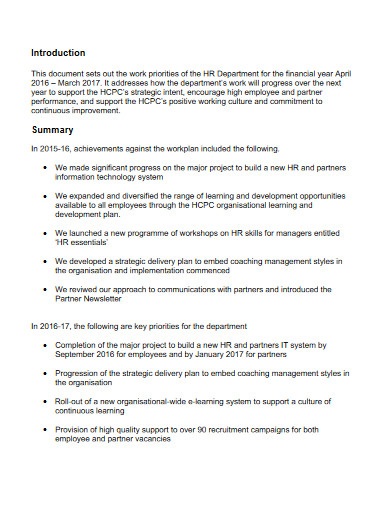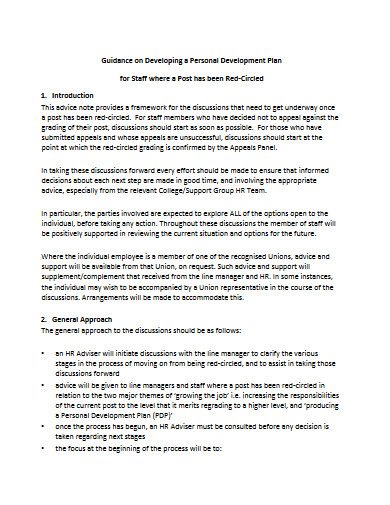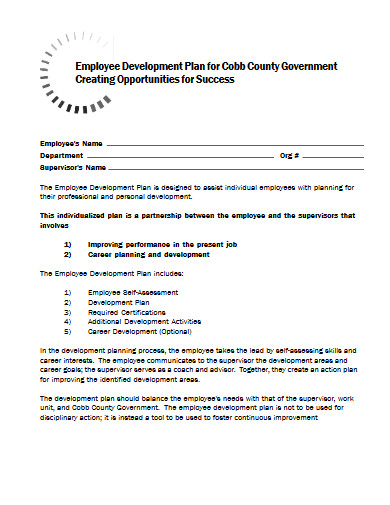10+ Employee Development Plan Examples to Download
The importance of professional growth cannot be overstated. It’s fairly uncommon for workers to go elsewhere for employment if they don’t see any prospect of advancement at their present workplace within a reasonable amount of time. Would you want to risk losing your top employees by stifling their professional development? Equip yourself with an employee development plan. This helps you make an action plan that will provide your members with the training and guidance they need to develop their skills. This also enables you to realize your business goals.
10+ Employee Development Plan Examples
1. Employee Development Plan Template
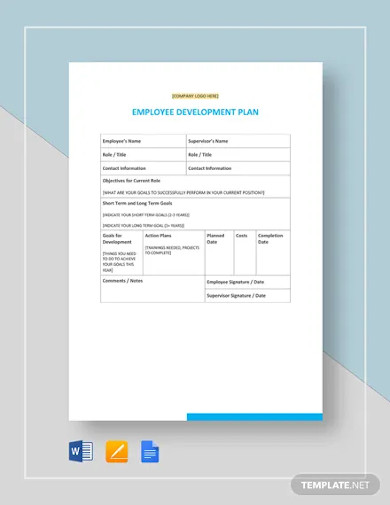
2. Employee Career Development Plan Template
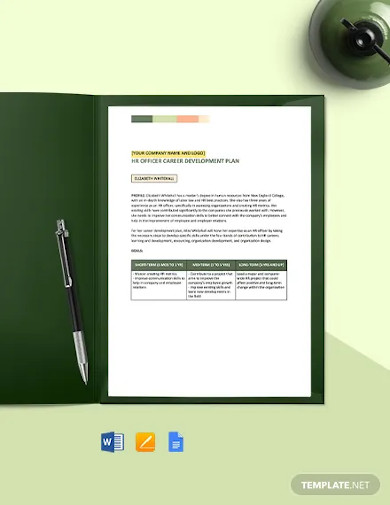
3. Employee Development Plan Example
4. Employee Development Plan in PDF
5. Employee Development Plan
6. Sample Employee Development Plan
7. Employee Professional Development Plan
8. Employee Individual Development Plan
9. HR Employee Development Plan
10. Employee Personal Development Plan
11. Basic Employee Development Plan
What Is an Employee Development Plan?
An employee development plan or a career development plan is a means or process that allows an employee to learn new skills and extend his knowledge in preparation for taking on a new position and fulfilling the organization’s business goals. This helps the organization achieve its goals of expanding its operations and promoting its employees to positions of more responsibility in order to further their careers.
According to the Entrepreneur, employee training is advantageous for your business because it contributes to employee retention, reducing the costs of recruitment a company has to put out. Providing opportunities for development through training also helps you mold your members into ideal employees. They’ll learn, practice, and improve under your wing, and they’ll be applying these skills to help achieve your organization’s collective objectives. This is the core matter in executing your development plan.
How to Make an Employee Development Plan
According to Forbes, among the reasons professional development matters are its ability to lessen employee shortage and attract talents with exceptional potential. When highly-skilled individuals examine their options, they’ll be more drawn to companies that support their growth in the field.
If you’re looking for a way to make your own employee development plan, here are some helpful tips for you:
1. Consider Your Business Goals
The reason behind your desire to establish a development plan must refer to your business objectives. This helps you determine what list of opportunities you can offer your employees in staging their career development. This also allows you to align the process in a way that fulfills your business plan’s goals. For example, if you’re looking forward to an expansion or establishing another resto branch, you might want to promote your long-term waiters as managers to the other establishment.
2. Converse With Your Employees
Although a promotion might be sound good, you can’t be sure that your employees share the same desire as you. They may or may not want to advance, even if they have the skill and experience. You must connect and have a conversation with them about the matter. Ask what’s their stand on their professional and personal development plan and if they have a career timeline in mind. They might be unfamiliar with this, so this could serve as a way for you to make them understand. Share with them your business plans and goals and how they can be a part of it.
3. Recognize The Need for Training
Assess your employee’s skills, length of experience, and abilities through their performance or via an employee evaluation. This helps you identify those who are ready to step up and join the management. You may also find those who have high potential ut still lack some necessary skills. Have an employee training plan and determine what help you can give them to support them in the process. You can have mentorships, assistant jobs, online courses, or actual practice. Develop opportunities where they’ll be able to train in preparation for their movement in the organizational chart.
4. Build an Action Plan
Making an employee action plan helps you know what necessary steps to take in executing your employee growth plan. This allows you to brainstorm how the training should go, what the timeline should be, and the measures to evaluate their readiness to inherit a designated role. Establish procedures on how you’ll assign the task to prepare them for their transition. You might want to consider who’ll be replacing them during their training and who’ll be those that will mentor them. You may also want to plot their work schedule carefully to ensure that they’ll still be able to perform their current assignments even when they’re preparing for another position.
FAQs
What are the different areas of development for the employees?
According to Indeed, the following are the different areas for the employees:
- Establishing goals
- Teamwork
- Resolving conflict
- Adapting to changes
- Organizing
- Increasing productivity
- Accepting feedback
- Listening
- Communicating efficiently
What are the different types of employee development plans?
The different types of employee development plans are objective management, succession planning, ad-hoc improvement, and performance-based plan.
What are the different types of plans that you can use to achieve your objectives?
There are three main types of plans. They are strategic plans, operational plans, and tactical plans.
Employee development plans don’t only lead to promotions and bigger roles. This also gives staff with training and mentorships so they may develop essential skills. This qualifies them for greater possibilities in the future. If you’re seeking for a means to offer this for your members, skip the bother and download our development plan templates immediately. They work well to serve you. Grab yours today!




